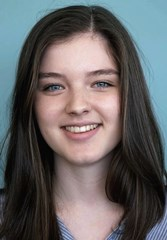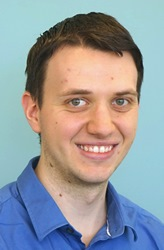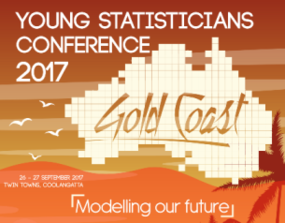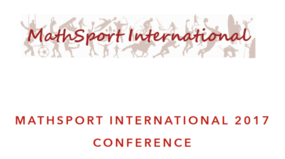Conferring Statisticians
In 2017, Data Analysis Australia sponsored three Consultant Statisticians to attend statistical conferences that were held interstate and overseas. Katy, Sarah and Graeme share their experience at the conference they attended, noting some of their memorable events and professional development opportunities.
Katy Proctor

Sarah and I attended the Young Statistician’s conference in Coolangatta/Tweed Heads, on the border of Queensland and New South Wales. The delegates at the conference were a mixture of students and early career professionals from a variety of areas. The diversity of delegates was reflected in the diversity of topics that were discussed in the talks.
Biostatistics, statistical modelling and Bayesian statistics were the popular themes covered in the talks. Also discussed were the importance of engaging non-statisticians in statistical work, emphasising the role of statistics in the future, and how to navigate a career pathway in an age of constant new discoveries and disruptive technologies. A personal favourite was a talk given by keynote speaker Genevera Allen, an Associate Professor of Statistics and Computer Science at Rice University, who discussed methods of visualising convex biclustering, a statistical algorithm for grouping correlated data, and gave an interesting example where she looked at grouping US presidents based on words used in their inauguration speeches. Sarah and I also presented on elements of our work as statisticians, which allowed us both to then discuss our work with delegates at the conference that were interested in the work of consultant statisticians.
Attending a conference can serve as an introduction to topics and people you don’t know anything about, while also being a great way to expand your knowledge on topics you are already interested in. I found the opportunity to discuss these topics in a bit more detail with people at the forefront of their field incredibly valuable, and also enjoyed the social events at the conference which provided us with an opportunity to experience the scenery of the Gold Coast and a more relaxed atmosphere to meet fellow delegates.
Sarah Bruce

The 2017 Young Statisticians Conference was a great showcase of research from the new generation of Statisticians and was a snapshot into where the future of statistics is going.
The presentations were from a diverse range of subject areas and provided great food for discussion. It was encouraging to meet other consultant statisticians and to hear of their successes and challenges in promoting statistics and the value of statisticians to non-statisticians in their field. A common challenge faced was communicating the value of having statisticians involved in experimental design and not just for the analysis stage of experiments, in fields such as agriculture and product development which have traditionally not used statistics.
Another benefit of attending the Young Statisticians Conferences is getting to travel to parts of Australia I have never been to before. These conferences are held at various locations around Australia and the 2017 conference took us to the beautiful Gold Coast. Morning beach walks before the start of the conference and the discovery of the existence of the Australian Bush turkey were memorable experiences.
Graeme Ward

The MathSport International 2017 Conference, held in Padua Italy, was the first major conference I’ve attended. I was not quite sure what to expect, but was surprised at how much I enjoyed the experience. Sitting and listening to over 30 presentations might seem daunting, but when the topics are of interest, it becomes a joy to hear about people’s work. For me, applying mathematical and statistical methods to sports is one of my passions, so it ended up being a great time for me.
On the first morning of the conference, I presented the work I completed in the Honours year of my Bachelor of Science majoring in applied mathematics. My project had consisted of analysing the professional tennis players and determining if there was any evidence to suggest that different tournament selections could affect a player’s ranking. My presentation was received well, with multiple questions being asked during the question time at the end of the presentation, as well as more than five people discussing the project further with me during meal breaks.
I must admit that I initially felt a little intimidated by the other speakers as many of them presented their doctoral or post-doctoral work, while mine was a mere one-year undergraduate project. However, these fears subsided as people came to realise that this had been my first large piece of academic research and appreciated it as such.
I would recommend anyone to attend a conference on something they are passionate about. It is a great way to network with people in that field, as well as being educational and pleasant to learn about what sort of work is currently happening in the topic of interest. It’s also a plus if it happens in a foreign country as it’s a perfectly valid excuse to do some travel while you’re at it!
For more information about the topics covered at the conference see the Analytical Ideas article Sport and Statistics.


December 2017
